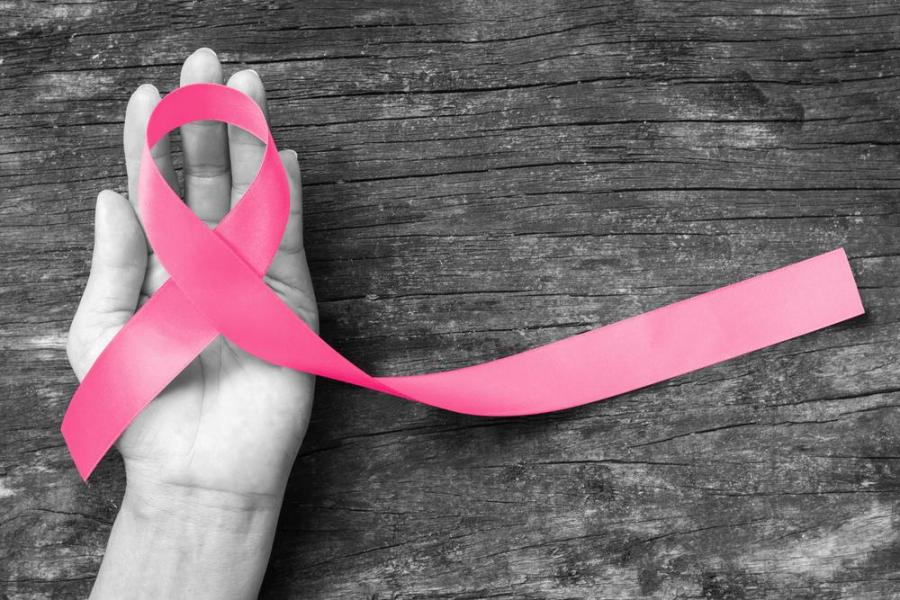
Pathology and Survival Rates of Breast Cancer
Pathology of Breast Cancer
Breast cancer is a disease caused by unregulated cell growth in the tissues of the breast. Unlike normal cells, which have specific functions and grow at a controlled rate, cancer cells are mutated and grow rapidly. As growth continues over time the cancer cells will often form a mass of tissue that will develop into a lump or tumor. While it should be noted that not all unusual lumps or abnormalities are cancer, it is important to have every breast lump examined by a medical professional.
Once a cancerous tumor or lump has been identified there are two potential classifications for the tissue: noninvasive and invasive cancers.
Non-Invasive Breast Cancer
Breast cancer that remains inside the breast tissue, the milk lobules, or duct.
Does not extend into other normal tissues within or outside of the breast.
These will sometimes be called pre-cancers.
Invasive Breast Cancer
Breast cancers that become invasive are not contained in breast tissue.
Grow into the normal surrounding tissue and can spread to other distant parts of the body. This spread is called metastatic breast cancer.
Cancer that is found in the breast, but spreads to the bones is an example of metastasizing
Survival Rates of Breast Cancer
The prognosis or future outlook of each breast cancer patient varies depending on the stage, grade, and course of treatment for each specific tumor. The National Cancer Institute records the 5-year relative survival rate of patients. This measurement records the percentage of women alive five years after being diagnosed with breast cancer. However, it is important to realize that these rates represent the survival rates of a population of women with breast cancer and do not provide a single individual with their chance of survival as individual responses to treatment vary widely among women.
Breast Cancer Survival Rates
Stage 5- years Relative Survival Rate
0 100%
1 100%
2 93%
3 72%
4 22%




